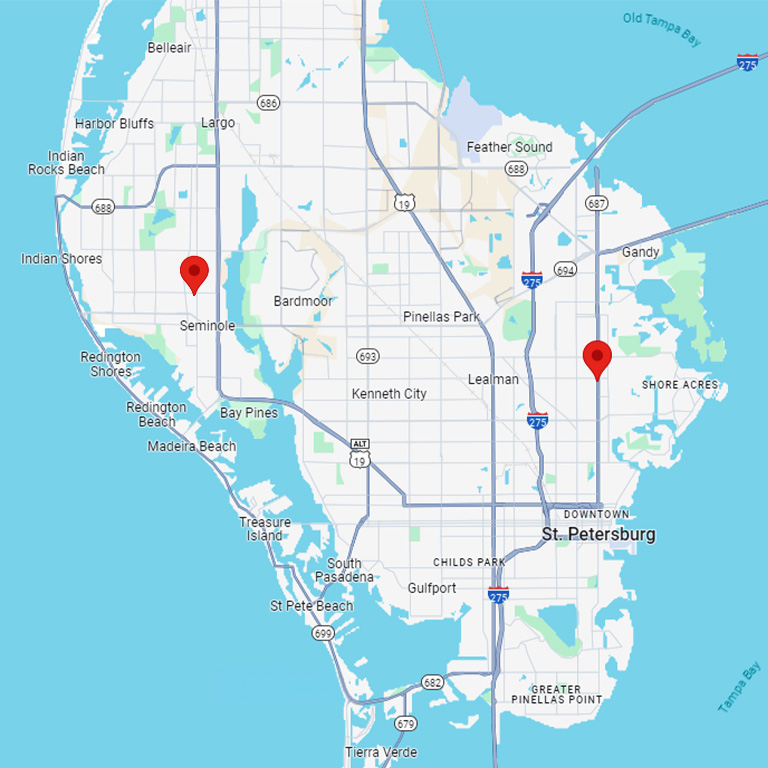Sedation Dentistry

SEDATION DENTISTRY:
We understand that sometimes our patients need a little help to give them the best experience when having dental treatment completed. At Luce Tooth, we are trained to offer every level of relaxation to our patients. After a comprehensive exam, our doctors will discuss the best options for providing your child with the highest quality pediatric dental care in the safest way possible.
NITROUS OXIDE:
Nitrous oxide (laughing gas) is an excellent way to both decrease anxiety and pain felt during procedures. We place a fun “Mickey Mouse, astronaut, puppy,…” nose on the patient and allow them to pick the scent of their “magic air” from a selection of fun flavors. Nitrous oxide is extremely safe, not metabolized by the body, and helps provide a pleasant experience for those patients with slight anxiety.
CONSCIOUS SEDATION:
For our patients with moderate anxiety and treatment needs, we offer in-office conscious sedation. Patients are given a medicine (usually a small amount of liquid by mouth) that aims to allow the child to remain awake, but provide a deeper level of relaxation and pain control than nitrous oxide alone. Our board-certified pediatric dentists are fully credentialed in providing pediatric sedation, are PALS certified, and have successfully completed over 10,000 cases of in-office sedation without incident.
IV SEDATION:
In cases where our patients have high anxiety, comprehensive dental needs, or simply when parents want to make sure that their child is fully relaxed and asleep while treatment is completed, we offer in office IV sedation by a Pediatric Anesthesiologist. This level of deep sedation allows the child to sleep through the entire procedure, allowing us to complete all treatment at one visit under the most ideal conditions. We utilize the fantastic anesthesia group, Pediatric Dental Anesthesia Associates (PDAA), who have the best reputation in the business. Please visit their website, www.pediatricsedation.com, for more information.
GENERAL ANESTHESIA:
In cases where all other means of sedation will not work, we have privileges at an outpatient pediatric surgery center. Here, a team of pediatric anesthesiologists, nurses and techs will care for your child as their dental work is completed by Dr. Scheps.





